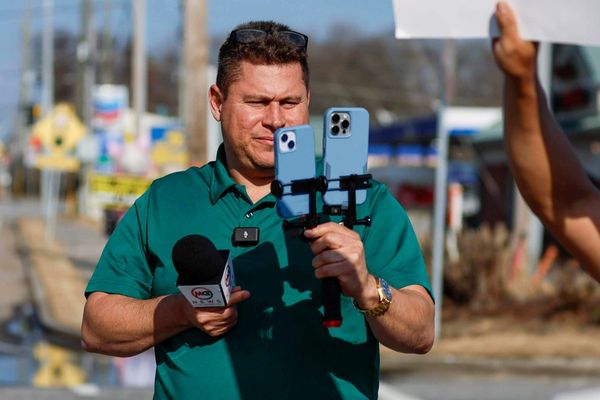It might not be the hunt that stops the nation - you might be forgiven for having never heard of it - but if you've ever been caught short and away from the comfort of your own home, chances are you'll be glad the 'Great Dunny Hunt' happens.
Once again, the Continence Foundation of Australia is kicking off the annual catalogue and ratings of the country's best (and the ones that we might call "most open to improvements") and is asking for Australia's help to make its interactive restroom resource even more comprehensive.
If you're sick of lewd graffiti, broken hand dryers, and wafer-thin sheets of toilet paper, the foundation's interactive map is set up to find the best and most accessible public sports to deal with the third and final certainty in life (after death and taxes)-doing one's business.
Each year, the Continence Foundation asks Australians to submit photos of their favourite loo, thunderbox, bog, or crapper to the National Public Toilet Map website or app.












Porcelain throne paparazzi can win one of three $500 Eftpos cards and clinch the title of Best Public Dunny for their favourite lav.
This year's hunt began on Friday, March 29, and is expected to run through June 16, the start of World Continence Week.
The information dunny hunters provide will feed into an updated map showing the nearest public toilets, with 21,000 spots on the database.
The pin drops give information about opening hours, directions, baby change facilities, showers and drinking water fonts. Some of the toilet's entries include pictures, inside and out.
Sean Burford, who won the title of Australia's Greatest Dunny Hunter in 2022 by entering over 130 dunnies on The National Public Toilet Map and continues to add to it, said last year that a quarter of Australians experienced continence issues at some point in their lives.

"The really rewarding aspect of the Great Dunny Hunt was discovering new locations in rural Australia," he said ahead of this year's hunt. Both Toiletmap and other sources have some misplaced or out-of-date dunnies, so once I had a location, I would research it to determine whether there was really a dunny there or not.
"My first stops to validate a dunny were Google Maps and Bing Maps, which differ in freshness and resolution across Australia, so I used both. I spent a fair bit of time in Google Street View checking the exact location and looking for accessibility ramps.
"Council and government websites were also great sources for checking the facilities, hours, and access requirements for a dunny. Websites catering to travellers often had photos or reviews with more information.

"Caravaning sites can tell you whether there is a dump point for emptying caravan toilets at the site. This turned each latitude and longitude coordinate into a story about each place, whether it was the most scenic toilet in Australia or perhaps a prime example of why one state's toilets were better than those just across the border on the same highway.
"It sounds like a fair bit of work, but once I was familiar with the various websites, it would take about 5 minutes to get a good feel for each spot."
Katherine Webber from Brisbane was awarded the 2018 Rodney Warmington Churchill Fellowship to research taboos, design, policy, and legal barriers in public toilets and increase inclusion and accessibility.

The Churchill Fellowship consolidated previous work with planers, institutions and community members identifying public toilets as essential to support the participation of a wide section of our communities.
Photos of many toilets Katherine has visited are documented via Instagram.
ACM reporter Anna Houlahan contributed to this report.








